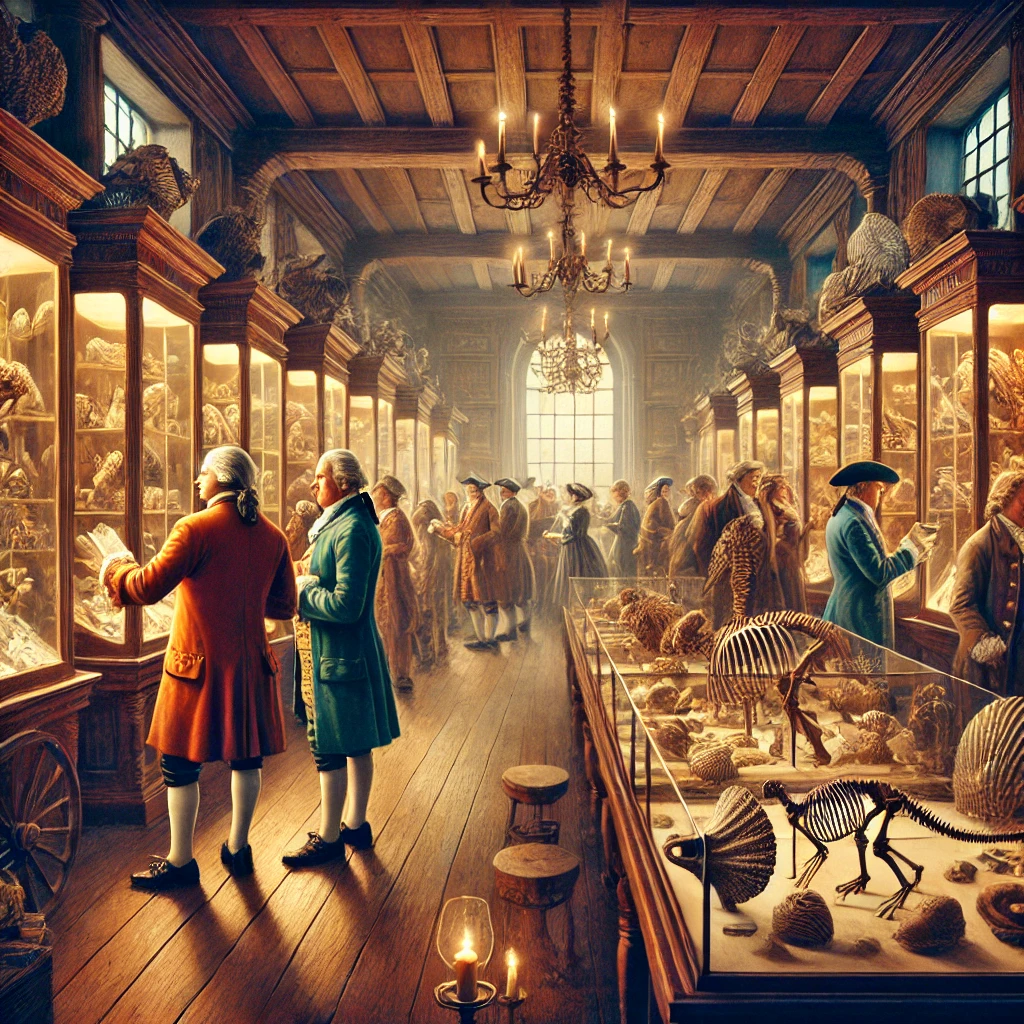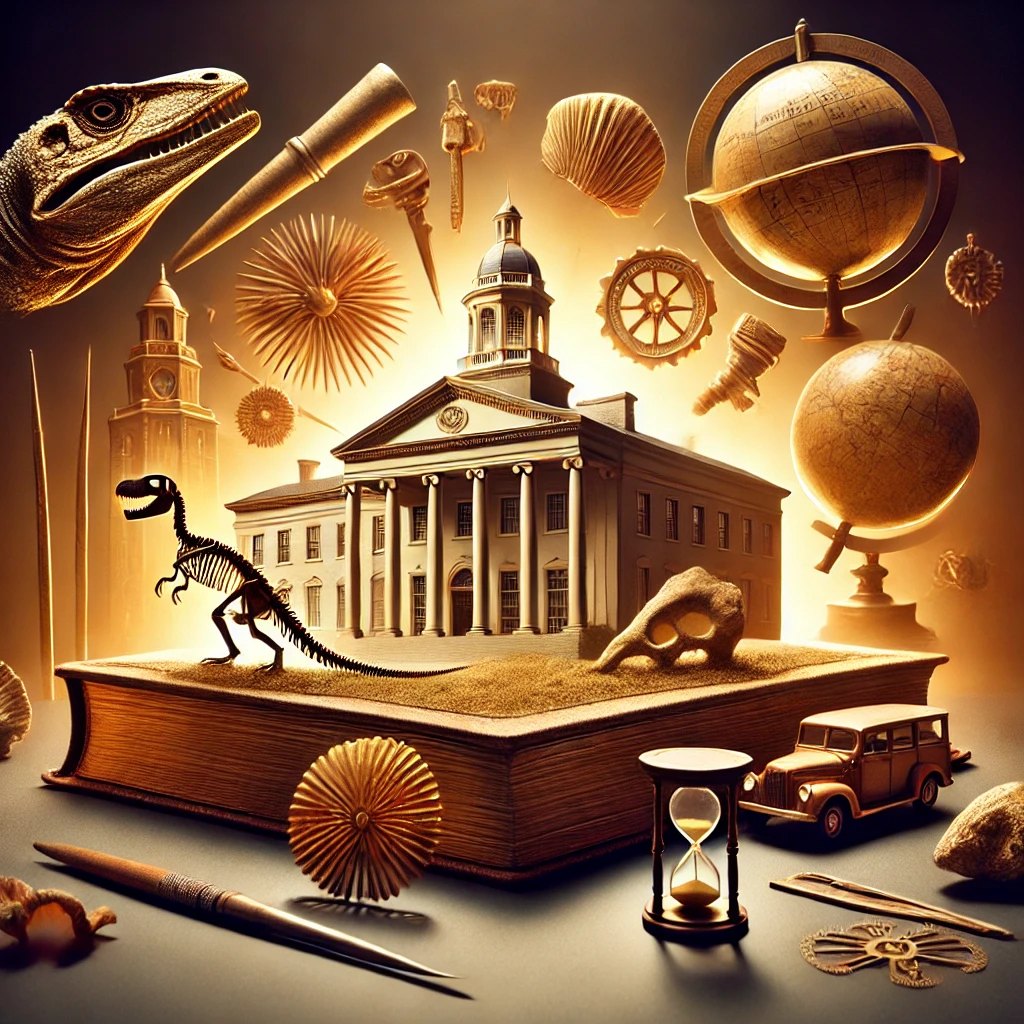On January 12th, 1773, the Charleston Museum, the first public museum in the United States, was founded in Charleston, South Carolina. This historic institution played a key role in shaping the development of museums in America, serving as a model for future museums across the country. Its establishment marked a significant moment in the preservation and sharing of cultural heritage, making it a cornerstone in the history of American public institutions.

A Vision for Preserving History
The founding of the Charleston Museum was driven by the vision of local citizens who recognized the importance of preserving the history, natural history, and cultural artifacts of the American South. The museum was initially a collection of curiosities and natural specimens, with a focus on local geology, plants, and animals. It was founded in the wake of the Enlightenment, a period when intellectuals and scientists across Europe and the Americas were increasingly interested in collecting and studying objects of historical and scientific significance.
The museum’s creation reflected the growing interest in education and public access to knowledge. At the time, museums were typically private collections owned by wealthy individuals or institutions, but the Charleston Museum’s founders sought to create a space where the public could access and engage with these valuable objects. As such, it became one of the first examples in the U.S. of a museum dedicated to public service and education, setting the stage for future institutions.

Cultural Preservation and Impact
Over the years, the Charleston Museum expanded its collections to include artifacts from Charleston’s colonial and antebellum periods, as well as a wide array of items related to the region’s cultural and historical development. The museum has since become a vital resource for understanding the history of the American South, particularly in terms of its rich cultural heritage and complex history, including its involvement in the Civil War and the effects of slavery.
The museum also established itself as an institution for research and education, offering exhibits and programs that highlighted both the natural and cultural aspects of the region. In doing so, it became a model for future public museums across the country, helping to shape the development of the museum profession and the role of museums in educating the public about history, art, and science.

Lasting Legacy
Today, the Charleston Museum remains an important cultural institution, serving not only as a museum but as a historical resource for understanding the region’s past. Its collections are continually expanded, preserving artifacts that help document the rich and often complex history of Charleston and the American South. The museum has also played a significant role in preserving the region’s architectural heritage, as Charleston is known for its well-preserved historic buildings.
The Charleston Museum’s influence extends beyond its own walls. It has inspired generations of museum curators, educators, and historians, shaping the way museums approach collections, public access, and community engagement. The concept of a public museum, where knowledge is shared freely with the public and the cultural heritage of a region is preserved for future generations, has become a fundamental part of American civic life.
The founding of the Charleston Museum on January 12th, 1773, was a groundbreaking moment in American history. As the first public museum in the United States, it laid the foundation for the museum movement in the country, emphasizing the importance of preserving and sharing cultural and historical knowledge. The museum’s legacy continues to this day, inspiring new generations to appreciate and understand the rich history and culture of the American South. Its establishment marks a key moment in the development of American cultural institutions and the public’s access to history.
